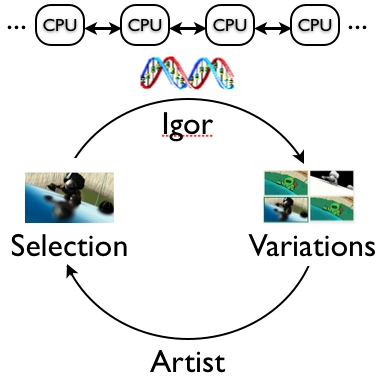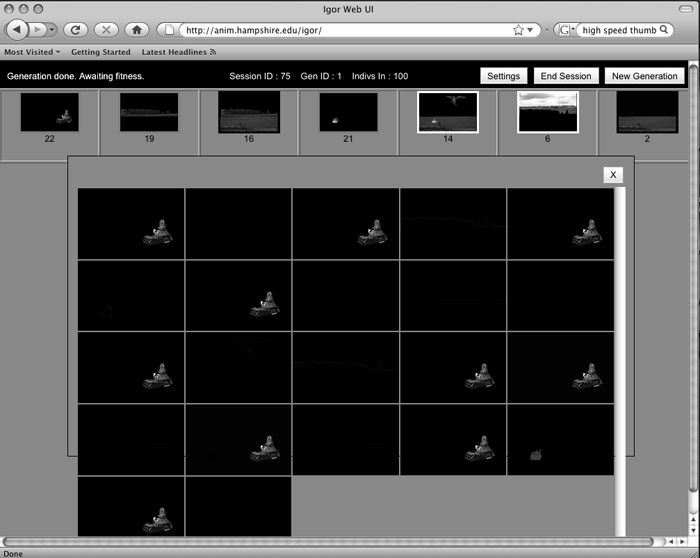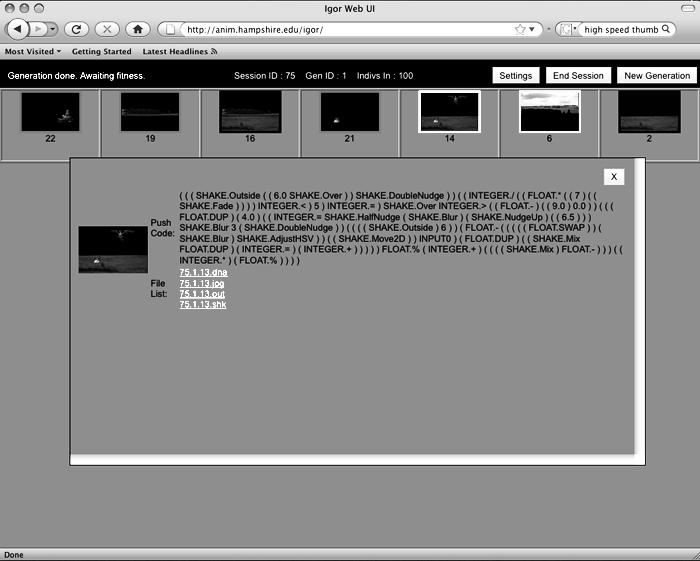The Computational Creativity Curriculum
A project supported by the CreativeIT program of the National Science Foundation.
Principal Investigators:
|
|
|
The Computational Creativity CurriculumA project supported by the CreativeIT program of the National Science Foundation.Principal Investigators: |




